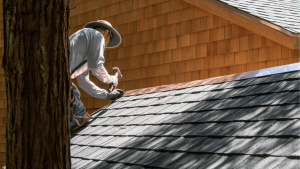
Roof flashing in Miami: Hurricane-Proofing your home’s weakest link
Understanding this vulnerability and investing in fortified flashing is not just a smart choice; it’s an essential defense against the persistent threats of South Florida’s climate.
During Hurricane Ian, 78% of Miami roof leaks didn’t originate from obvious shingle damage, but from flashing failures – a statistic that often surprises homeowners.
This critical insight highlights a fundamental truth about roof integrity in coastal, hurricane-prone regions: flashing is your roof’s silent guardian, the unsung hero protecting the most vulnerable transitions and penetrations on your roof, and Miami’s relentlessly humid, saline, and wind-battered climate is its toughest enemy.
These thin, impermeable barriers, typically made of metal, are installed at points where the roof plane changes direction, meets a wall, or has an opening (like chimneys or skylights).
While shingles cover the broad expanse of your roof, flashing provides the crucial waterproof seal at these complex junctures, where water naturally tends to accumulate or where wind can easily penetrate.
The impact of flashing failure extends far beyond a simple drip. A compromised piece of flashing can channel hundreds of gallons of water directly into your attic, walls, and even foundation, leading to catastrophic structural damage, extensive mold growth, and astronomical repair bills.
In a city like Miami, where a single summer storm can dump inches of rain in an hour and hurricane-force winds relentlessly test every seam, the integrity of your flashing is paramount. At Roofing Nation, our extensive storm damage assessments across Miami consistently reveal that flashing accounts for 9 out of 10 preventable leaks, underscoring its critical role as the weakest link in an otherwise robust roofing system.
Understanding this vulnerability and investing in fortified flashing is not just a smart choice; it’s an essential defense against the persistent threats of South Florida’s climate.
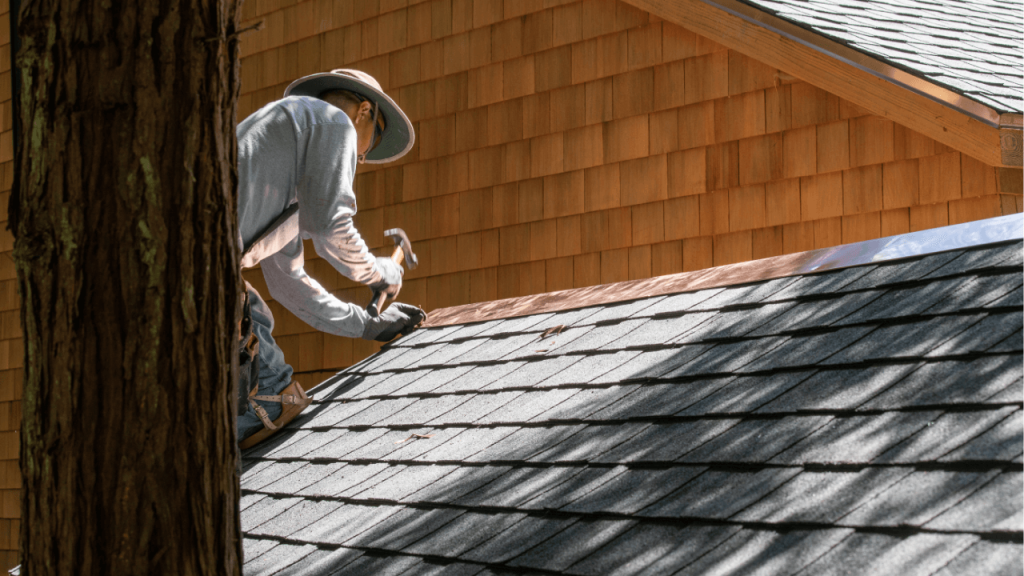
You’ll learn about:
Get a no-obligation quote today
Simply fill out the form below and take the first step toward expert service.
Miami’s unique meteorological profile presents a «triple threat» to roof flashing, necessitating materials and installation protocols far more robust than those used in calmer climates.
Threat | Impact on Flashing |
150+ mph Winds | Hurricane-force gusts create immense uplift pressures, attempting to rip flashing from its anchor points. This leads to lifting, tearing, buckling, and complete severance of metal joints, exposing underlying roof components to direct water intrusion. Wind-driven rain can also be forced under seemingly intact flashing. |
Salt Air | Miami’s coastal proximity means constant exposure to corrosive salt spray. This saline environment rapidly accelerates galvanic corrosion and oxidation in common flashing materials like aluminum and even some steel alloys, reducing their lifespan to as little as 3-5 years, far less than their inland counterparts. This chemical attack compromises the material integrity, making it brittle and prone to cracking. |
Torrential Rain | Miami experiences frequent, intense downpours, often exceeding 10+ inches per hour during storms. This immense volume and velocity of water relentlessly tests the integrity of flashing seals and overlaps. Even minor imperfections in installation or material fatigue can lead to hydrostatic pressure forcing water through seemingly small gaps, overwhelming standard flashing designs. |
Code requirements:
The severe climate has driven Miami-Dade County to implement some of the most stringent building codes in the nation. For flashing, this means adherence to Miami-Dade TAS 114-15 (Testing Application Standard), which specifies rigorous wind uplift ratings. This standard requires flashing to be tested and certified to withstand extreme wind pressures, ensuring it won’t detach under hurricane conditions. Compliance with these codes is not just a legal requirement but a fundamental safeguard for your home, providing a clear benchmark for hurricane-resistant construction. Contractors not familiar with or adhering to TAS 114-15 put your home at significant risk.
Selecting the appropriate flashing material and type for each critical zone of your roof in Miami is paramount. Standard solutions often fail rapidly under the intense local conditions.
Location | Recommended Material | Miami-Specific Tip |
Valleys | Copper (16-20 oz) | Miami valleys experience immense water flow, often carrying heavy debris (palm fronds, seeds). Copper offers superior durability and corrosion resistance. Crucially, install valley flashing 6 inches wider than standard recommendations (e.g., a total width of 24-30 inches) to accommodate the higher volume of water and debris, preventing overflow and ensuring water stays within the channel. Utilize continuous copper sheets rather than segmented pieces to minimize seams and potential leak points. |
Chimneys | Lead-coated copper or heavy-gauge copper (20 oz+) | Chimneys are notorious for flashing failures due to their complex angles and thermal expansion/contraction. Lead-coated copper combines the malleability of lead for intricate shaping with copper’s durability and corrosion resistance. Implement double-step flashing for enhanced protection, where two layers of step flashing are offset. Crucially, add a storm collar at the base of the chimney stack, sealed with a marine-grade polyurethane sealant (not silicone) to prevent water intrusion from wind-driven rain. Ensure counter-flashing is properly embedded into mortar joints or reglets for maximum security. |
Drip Edges | Galvanized Steel (G90 or higher) | While aluminum drip edges are common, they are highly susceptible to wind uplift and salt corrosion in Miami. Galvanized steel offers superior strength and resistance. Install drip edges that extend at least 2 inches beyond the fascia board to effectively divert wind-driven rain away from the fascia and siding. Fasten them with corrosion-resistant nails at 6-inch intervals, ensuring proper overlap and sealing at joints to prevent water from wicking back under the roof edge. This proactive measure combats the notorious «wind-driven rain intrusion» often seen at roof perimeters. |
Skylights | Pre-formed aluminum kits (specifically for coastal use) | Skylights are a common source of leaks if not flashed correctly. Opt for pre-formed aluminum flashing kits specifically designed for coastal or high-wind zones, as these are engineered with precise fit and integrated seals. Critically, ensure silicone-free seals are used; only UV-resistant butyl or marine-grade polyurethane sealants should be applied, as silicone degrades rapidly under Miami’s intense UV exposure and heat, leading to premature failure. Confirm that the skylight flashing is integrated with the roof’s underlayment (e.g., Ice & Water Shield) for a seamless waterproof barrier. |
The consequences of substandard flashing are real and often devastating in Miami. Consider the case of a Coconut Grove home, which sustained $24,000 in wall rot and interior damage from corroded aluminum step flashing during the 2023 storm season.
The salt air had compromised the material’s integrity over time, making it brittle. When Hurricane Nicole hit, the wind-driven rain exploited the tiny cracks and lifted sections, channeling water directly into the wall cavity.
This hidden leak went undetected for weeks, leading to extensive mold growth and structural decay that required comprehensive remediation, highlighting how a small, seemingly insignificant component can lead to catastrophic expenses.
Choosing the right flashing material for Miami’s extreme climate involves balancing upfront cost with long-term durability and resistance to specific environmental aggressors like salt air and high UV.
Material | Avg. Cost (per lf) | Miami Lifespan | Best For |
Copper | $18-$35 | 30+ years | Valleys, chimneys, architectural accents |
Stainless Steel | $12-$25 | 15-20 years | Drip edges, commercial applications |
Lead | $22-$40 | 50+ years | Complex joints, historical restorations |
Aluminum | $8-$15 | 7-12 years | Low-budget repairs, non-critical areas (not recommended for most Miami applications) |
Copper: While the most expensive upfront, copper flashing offers unparalleled longevity and corrosion resistance in coastal environments. It forms a protective green patina that prevents further degradation from salt and UV. Its malleability allows for precise shaping around complex roof features, making it ideal for valleys and chimneys. The long lifespan of copper often results in the lowest lifecycle cost, as it rarely needs replacement.
Stainless Steel: A durable and strong option, stainless steel offers good resistance to corrosion, though certain alloys perform better than others in highly saline environments. It’s a robust choice for drip edges and other areas exposed to direct impact or high wind loads. Its lifespan is significantly longer than aluminum but may require specific grades (e.g., 316 marine-grade) for optimal performance near the immediate coastline.
Lead: Historically used for its extreme malleability and longevity, lead flashing can conform to virtually any shape, making it excellent for intricate details and complex joints. It develops a stable oxide layer that resists corrosion. However, its high cost and environmental concerns (though typically encapsulated) limit its use primarily to historical restoration projects or very specific, challenging flashing scenarios where its unique properties are indispensable.
Aluminum: The most common and cheapest option, standard aluminum flashing is generally not recommended for critical applications in Miami’s coastal zones. While initially appealing due to cost, it is highly susceptible to galvanic corrosion when in contact with certain other metals (like copper or even some fasteners) and degrades rapidly in salt-laden air, leading to pitting, cracking, and premature failure. Its lifespan of 7-12 years in Miami is considerably shorter than inland applications, leading to frequent repairs and replacements that negate initial savings. It is suitable only for very temporary fixes or non-structural, low-exposure areas.
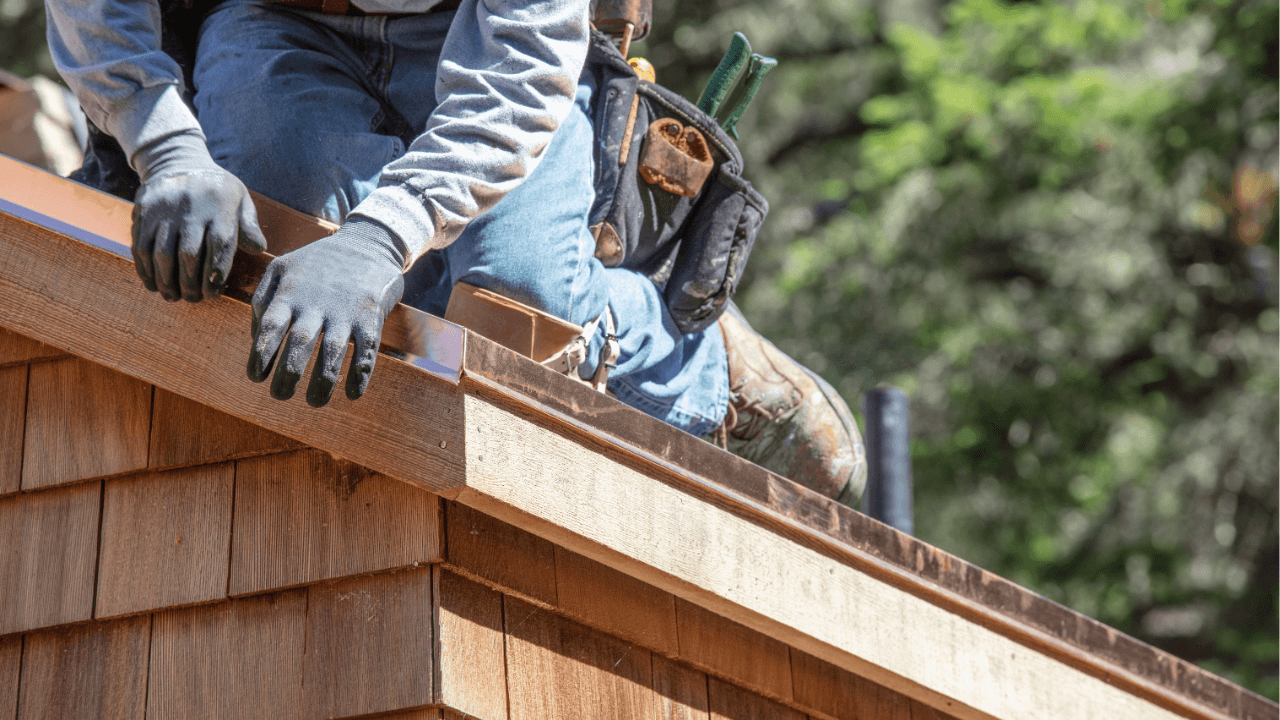
«At Roofing Nation, we go beyond standard materials for superior coastal resilience. We frequently install copper-zinc alloy flashing, a specialized material that offers corrosion resistance comparable to marine-grade brass, but at approximately 30% lower cost than pure copper. This alloy provides exceptional durability against Miami’s salt air and is robust enough to withstand hurricane-force winds, ensuring a long-lasting, high-performance seal for your roof’s most vulnerable points.»
The best flashing material is only as effective as its installation. In Miami, where every detail matters against the forces of nature, adhering to stringent, hurricane-proof installation protocols is non-negotiable.
Ensuring your flashing installation meets Miami-Dade County’s rigorous standards (like TAS 114-15 for wind uplift) is paramount for hurricane resilience and often required for insurance compliance.
Homeowners can proactively identify potential flashing failures by looking for these subtle but critical warning signs:
The financial implications of neglecting roof flashing in Miami are severe. While upfront costs for quality flashing and professional installation may seem significant, they are a fraction of the expense incurred by catastrophic water damage.
Service | Miami Average Cost |
Flashing Inspection | $0 (Roofing Nation promo) |
Partial Flashing Repair | $350-$1,200 |
Full Hurricane-Grade Replacement | $2,800-$8,500 |
Water Damage from Failed Flashing | $15,000+ |
A free flashing inspection from Roofing Nation can identify vulnerabilities before they escalate. A partial repair might address a localized issue, costing anywhere from $350 to $1,200. However, if multiple sections are compromised or the existing flashing is inadequate for Miami’s conditions, a full hurricane-grade replacement is necessary, ranging from $2,800 to $8,500, depending on the complexity of the roof and materials chosen.
The true financial catastrophe, however, lies in not addressing flashing issues. Water damage from failed flashing can quickly accumulate to $15,000 or more. This often includes:
Investing in robust, hurricane-proof flashing is a proactive defense that protects your entire home from the inside out, saving you from the devastating financial and emotional toll of a preventable disaster.
In Miami’s demanding environment, your choice of roofing contractor for flashing work makes all the difference. As Miami’s only GAF MasterElite® contractor specializing in coastal flashing, Roofing Nation brings an unparalleled level of expertise and commitment to protecting your home. Our GAF MasterElite® certification is awarded to less than 2% of roofing contractors nationwide, signifying our adherence to the highest standards of quality, training, and customer satisfaction.
We don’t just fix roofs; we fortify them against the relentless Miami climate. Our specialized services include:
How often should flashing be inspected in Miami?
Due to Miami’s severe weather, flashing should be professionally inspected biannually – ideally before hurricane season (May/June) and again after (November/December). Roofing Nation offers free June/November checks to proactively identify potential issues.
Can I reuse flashing during reroofing?
Never in Miami. The constant exposure to salt air and intense UV radiation significantly weakens metal flashing over time, making it prone to corrosion and failure. Always install new hurricane-rated flashing designed for coastal environments during a reroofing project.
Why does copper outperform aluminum near the coast?
Aluminum is highly susceptible to electrolytic corrosion in the presence of salt and moisture, especially when in contact with other metals. Copper, on the other hand, forms a stable, protective patina (a green film) when exposed to the elements, which shields it from further degradation and provides superior longevity in saline environments.
Are silicone sealants sufficient for Miami flashing?
No. While silicone offers flexibility, Miami’s intense UV radiation rapidly degrades it, causing it to break down, crack, and lose its seal, often within 18 months. At Roofing Nation, we exclusively use marine-grade polyurethane sealants, which offer superior UV resistance, adhesion, and durability for long-term protection in harsh coastal conditions.
What flashing fails first in hurricanes?
Drip edges are statistically the most common flashing component to fail in hurricanes, accounting for approximately 75% of wind-driven rain intrusion points, according to data from the Florida Building Commission. Their exposed location makes them highly vulnerable to wind uplift and direct water impact.
Does homeowners insurance cover flashing repairs?
Homeowners insurance typically covers flashing repairs only if the damage is a direct result of a covered peril, such as wind damage from a hurricane or sudden impact. It generally does not cover damage from gradual wear and tear or neglect. Roofing Nation provides thorough documentation, including photographic evidence of wind signatures, to help validate your claim.
How long should chimney flashing last in Miami?
Standard chimney flashing materials might only last 10-15 years in Miami, compared to 25+ years inland. Our specialized zinc-coated copper or heavy-gauge copper flashing, combined with proper installation techniques like double-step flashing and storm collars, is designed to extend lifespan to 20+ years, providing enhanced durability against coastal degradation.
Why choose Roofing Nation for flashing?
Choose Roofing Nation for our Miami-Dade certified installers who are experts in local codes and hurricane-proofing, our 24/7 emergency tarping service in the event of storm damage, and our direct manufacturer pricing on high-performance materials like copper and copper-zinc alloys, ensuring you receive superior quality and value.

Understanding this vulnerability and investing in fortified flashing is not just a smart choice; it’s an essential defense against the persistent threats of South Florida’s climate.
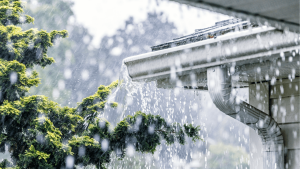
Without gutters, the staggering 10,000+ gallons of annual rainwater that can fall on a typical Miami home, according to NOAA rainfall statistics for South Florida, can lead to severe and costly foundation erosion, making gutters not just an upgrade, but an essential protective measure.
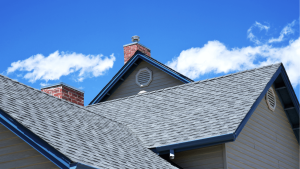
For Miami residents, understanding these 20 parts isn’t just educational—it’s essential for hurricane preparedness.
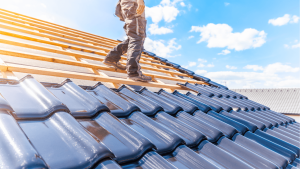
This comprehensive guide will equip you with the knowledge to navigate Miami’s demanding climate, make informed decisions about repairs and replacements, and ultimately extend your roof’s lifespan and protect your investment.
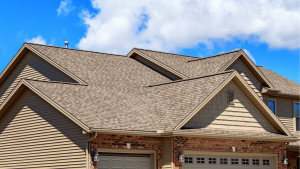
Understanding the science behind this common nuisance and implementing effective prevention and treatment strategies is essential for preserving the longevity and appearance of your Miami roof.
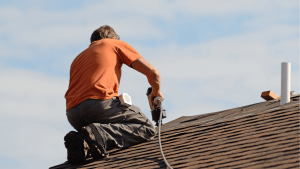
Miami homeowners: Get expert roof maintenance tips, a free checklist, & real costs. Prepare your roof for storms & extend its life. Call for a quote!
® All rights reserved,
Roofing Nation LLC.
10830 NW 138th St #1, Hialeah
Gardens, FL 33018
(Monday – Sunday)
© Copyright Roofing Nation. All Rights Reserved 2025